SAP Audit Services for GDPR, SOX, and Industry Regulations Compliance
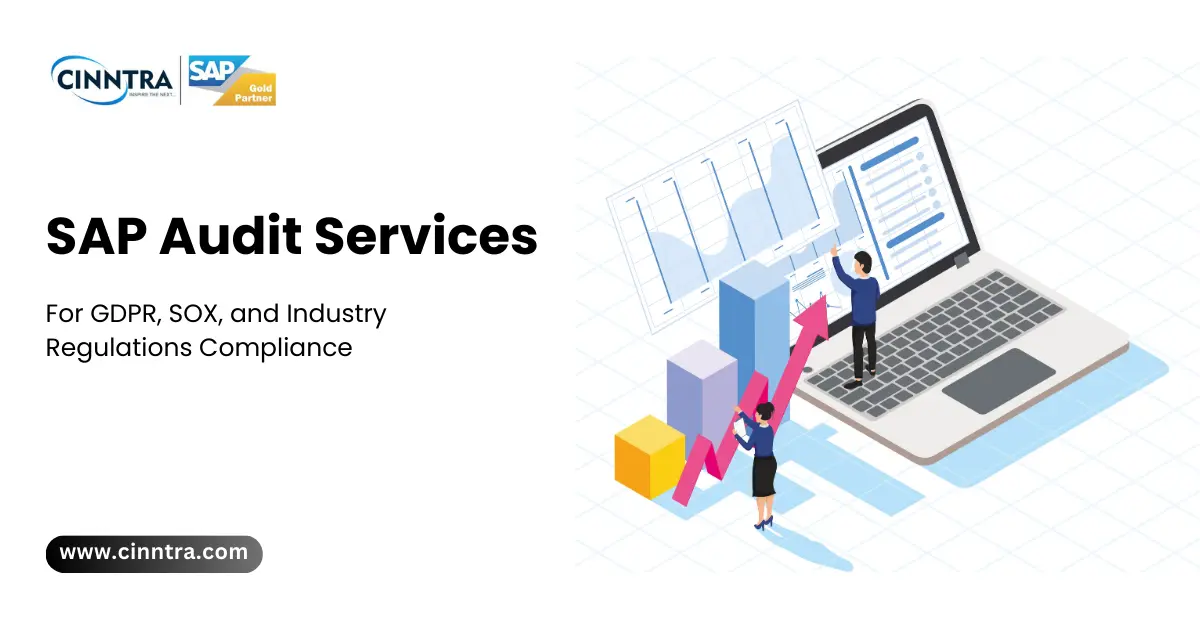
Regulatory bodies stay vigilant while organizations expand and operate globally. SAP System Audits Service allows compliance controls to be included in the business processes ensuring an organization remains accountable for accountability and stays accountable.
The enablement of automated control enforcement, transaction monitoring, and exception management reduces the oversight burden, improves governance structure. Limits audit liability in processes subject to regulations, like GDPR and SOX, and sector regulations like healthcare and retail.
Navigating the Regulatory Maze of Today
Worldwide regulations may be evolving rapidly, there are potentially severe consequences for non-compliance, both financial and reputational. For example, under the General Data Protection Regulation (GDPR) there are penalties of up to €20 million or 4 percent of global turnover.
The Sarbanes-Oxley Act in the U.S. has penalties for inadequate financial controls and inaccurate reports, and sector regulations have their distinct compliance components i.e., HIPAA for healthcare and PCI DSS for the retail sector.
All this regulatory scrutiny should be dealt with little disruption to the organization. Organizations must be able to at least inform their auditors that controls are working consistently and effectively in an ever-changing and evolving regulatory space.
Alignment of Controls Facilities with SAP Compliance Management
SAP Compliance Management takes control frameworks and integrates them into a cockpit; all base layers share intrinsic knowledge. FI/CO could be used for approval of financial validations, MM for procurement approvals, and SD for order management.
The key components facilitate a quicker implementation, and better monitoring of controls:
-
Pre-configured Control Libraries would substantially reduce implementation time for GDPR, SOX, HIPAA, and PCI DSS.
-
Live Analytics Dashboards provide performance, incidents, and remediation metrics of control.
-
Automated Evidence Collection provides any industry standard evidence collection of configuration screenshots, logs of user activity, and historical changes to the configuration.
-
Risk-Sequenced Guidance permits auditors to consider high-risk topics without challenges from lower-risk incidents.
Embedding checks into daily operations minimizes human error. It also fosters consistent policy adherence, reinforcing a culture of continuous compliance.
Building Strong Audit Mechanisms in SAP
-
Design Controls That Meet Regulations
First, project teams consist of an initial automated gap analysis which cross-checks current configurations against an existing regulatory requirement.
If the system finds missing or misconfigured controls, such as inappropriate segregation of duties.
It will guide you to specify how the gaps will be remediated. Teams then refine control objectives to meet their internal policies and external mandates.
-
Continuously Monitor Transactions for Exceptions
Continuous monitoring engines scrutinize transactions in real-time and detect divergences, such as unauthorized access attempts or unforeseen types of change requests at unusual business hours.
When an exception occurs, warning features allow compliance officers to take prompt action. Dynamic dashboards enable users to filter exceptions per severity, user role, or module to help quicken investigations.
-
Reconstruct Every Change Effectively with Forensic Audit Trails
Every change to master data, configurations, or authorizations creates an intractable audit trail across SAP tables. Forensic applications can reconstruct reorders of events for auditors to explore the who, what, and when for every action taken.
This level of detail speeds thermal imaging for root-cause analysis and strengthens a defensible audit position on a regulatory review.
-
Clear Exceptions Immediately through Automation
When monitoring discovers a breach of controls, the platform initiates automated workstreams that create tickets in the integrated ITSM tool.
The responsible parties are assigned tasks, update remediation amounts, and comply with the intervention's built-in SLAs.
All of the intervention's tasks and evidence remain retrievable, ensuring floor documentation for possible auditor or regulatory queries.
-
Securing Data Privacy to Fulfill GDPR Mandates
Achieving compliance with Europe’s data privacy laws requires precise data management controls. Automated discovery scans financial, logistics, and HR modules to locate personal information.
The system then classifies data as public, internal, or sensitive according to configurable schemas. Consent‑management features embed opt‑in and opt‑out records within customer master records, ensuring every interaction reflects lawful processing.
Upon receiving a data‑subject erasure request, workflows locate all related entries, pseudonymize or delete them, and log each action to meet stringent deletion deadlines.
-
Enabling Financial Integrity under SOX
Keeping transparency in financial reporting, fundamentally, is one of the key elements of SOX compliance. Tools generate preventive controls e.g.; users are only able to make changes to the ledger through roles that authorize them to do so to maintain master data integrity.
Segregation-of-duties matrices help ensure no one user has conflicting access therefore reducing fraud.
In audit, the tool brings together change logs, access reviews, and control testing evidence into standardized parcels. Auditors request these parcels for their completion, removing the need to manually compile the report and allowing for a quicker audit.
Adjusting controls for industry-specific considerations
Various industries have specific requirements for oversight, but organizations can rationalize using one compliance engine.
-
Health care: Detailed logs are maintained for every read and write to protect health information adhering to HIPAA's accountability requirement.
-
Retail: Processes of tokenization and encryption protect cardholder information which fits into the PCI DSS requirement.
-
Manufacturing: Tracing by serial number and quality checks provides support for safety regulations and for auditing ISO certification.
All of these specific variations leverage the same control on an underlying platform reducing customization effort while providing compliance consistency.
Implementing SAP compliance audit services in Phases
1. Initial Assessment & Gap Analysis
- Conduct workshops with process owners to map workflows against regulations.
- Run automated scans to identify missing controls.
2. Solution Design & Configuration
- Import relevant control libraries and customize rule thresholds.
- Define segregation‑of‑duties matrices and alert‑routing paths.
3. Pilot & Stakeholder Training
- Validate controls in a sandbox environment using representative data.
- Train compliance, audit, and IT teams on dashboards and remediation procedures.
4. Go‑Live & Hypercare
- Release configurations to production.
- Provide dedicated support to fine‑tune alert sensitivity and resolve emergent issues.
5. Ongoing Optimization
- Review monitoring metrics monthly, adjust control scopes to reduce false positives, and incorporate extensions for new regulatory updates.
Quantifying the Return on Automated Compliance
Deploying automated audit solutions delivers measurable returns:
-
Reduced Audit Preparation Time: Evidence-gathering and reporting processes shrink prep time by up to 60 percent.
-
Minimized Penalty Exposure: Proactive control enforcement narrows windows for data breaches and regulatory lapses.
-
Enhanced Operational Efficiency: Automating routine checks allows staff to focus on strategic risk management.
-
Continuous Visibility: Live dashboards grant instantaneous insight into compliance posture, empowering proactive decision‑making.
These advantages convert into significant cost savings, lower risk exposure, and stronger governance protocols.
How SAP Audits Keep You Compliant?
Leaders seeking to transform governance must adopt integrated, proactive strategies. By leveraging SAP System Audit Services alongside SAP compliance audit services, organizations embed controls, automate monitoring, and streamline exception management within their enterprise core.
This comprehensive approach empowers teams to detect issues in real-time, remediate swiftly, and furnish auditors with complete evidence packages. As regulations continue to evolve, a centralized compliance engine offers the agility and assurance needed to maintain operational excellence and safeguard stakeholder trust.
Embark on your compliance modernization journey by exploring SAP’s audit capabilities and fortifying your organization against today’s most demanding regulatory landscapes.

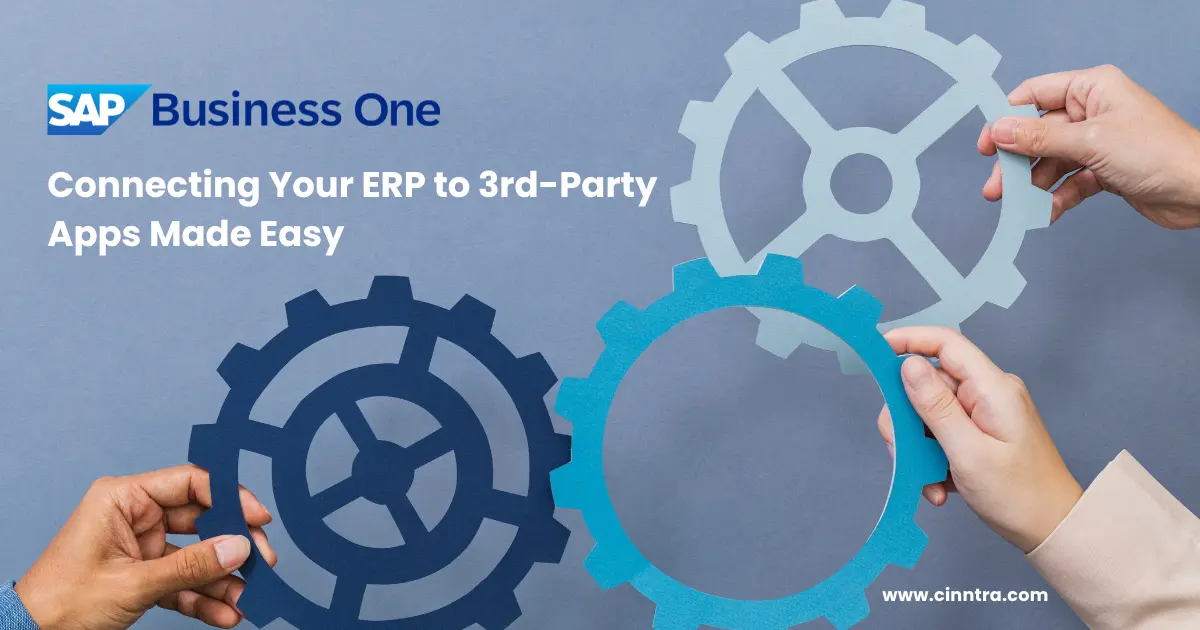
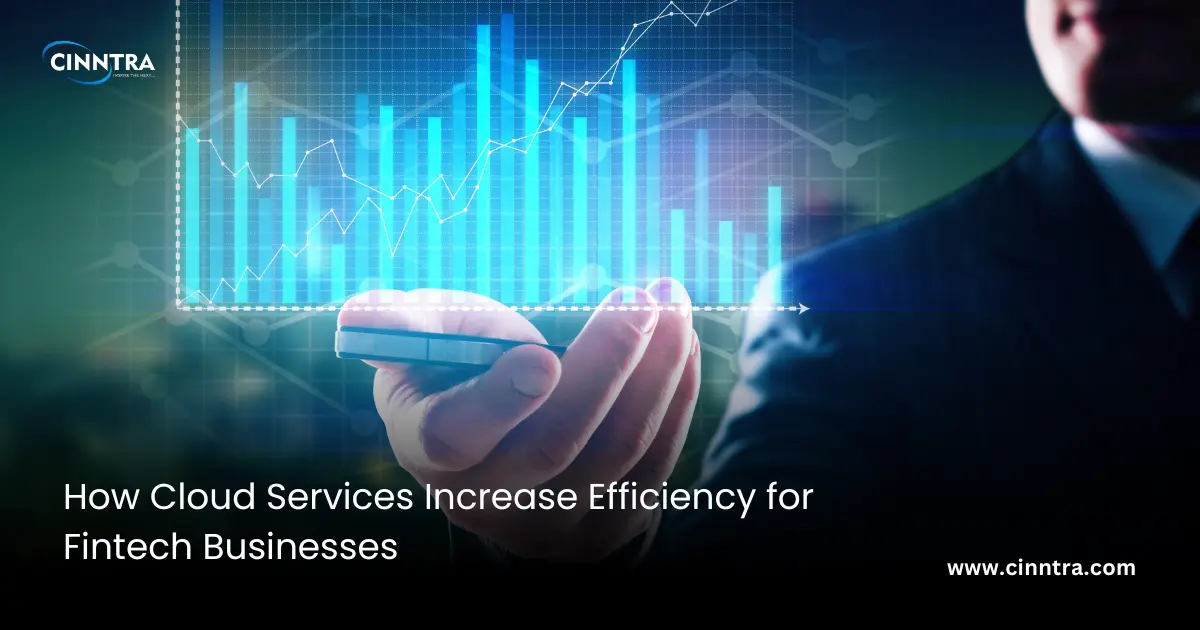
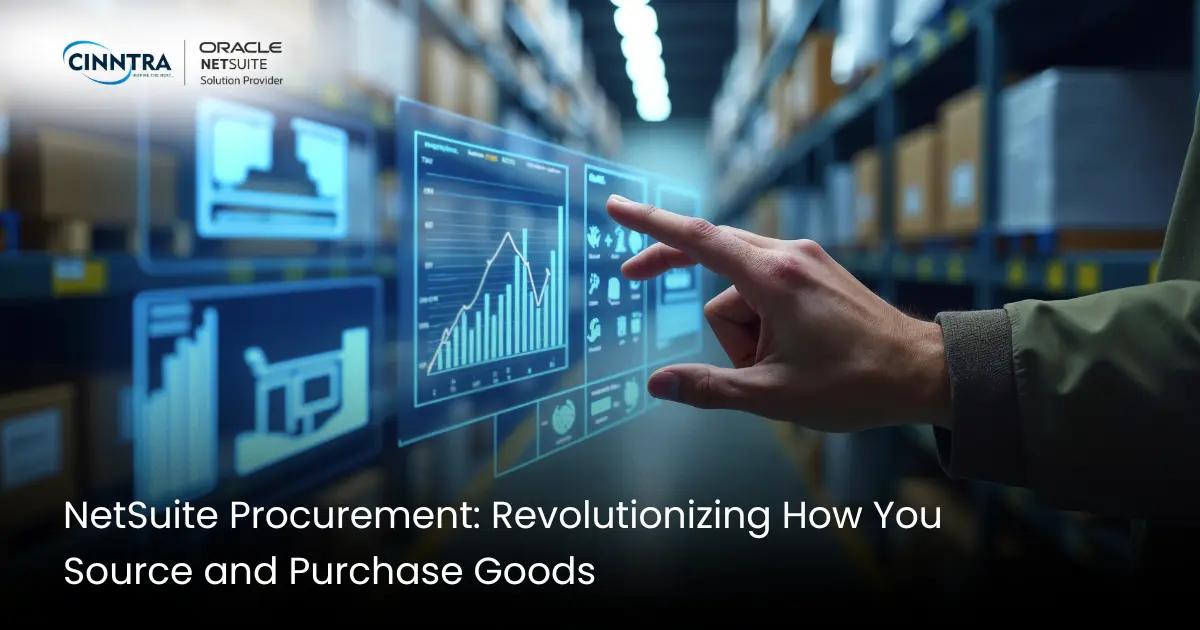
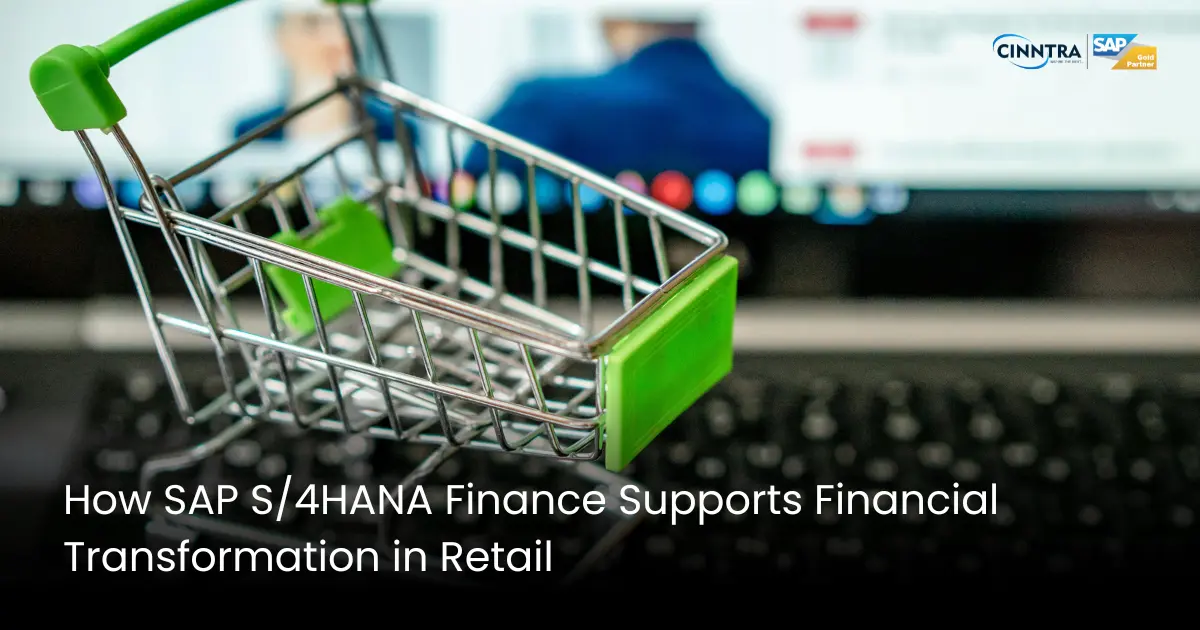

0 Comments